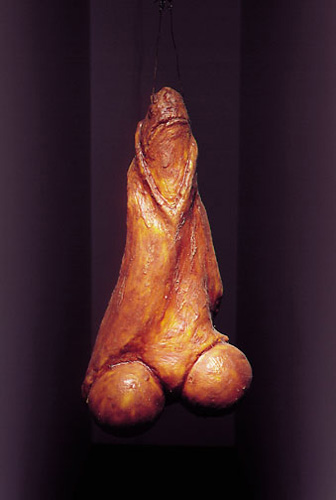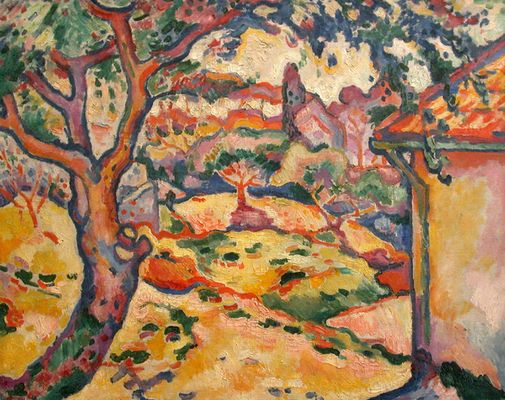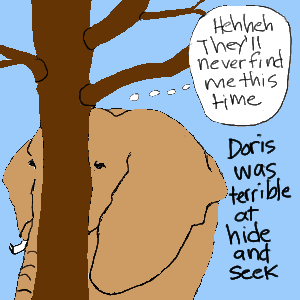
The Art of Saving the Planet
THE ARTS ARE SHORT ON PRACTICING CHRISTIANS AND JEWS but long on vegetarians. Even longer on environmentalists. The two go together, like a statue of Mary on one side of a Catholic altar and Joseph on the other.
Earlier in May, Victor Davis Hanson wrote that “radical environmentalism died this year.
” Well, why not. If Philip Larkin could place the beginning of sexual intercourse at 1963, this is as good a year as any for the death of Gorism and vegan piety that attaches to it. Continue Reading





